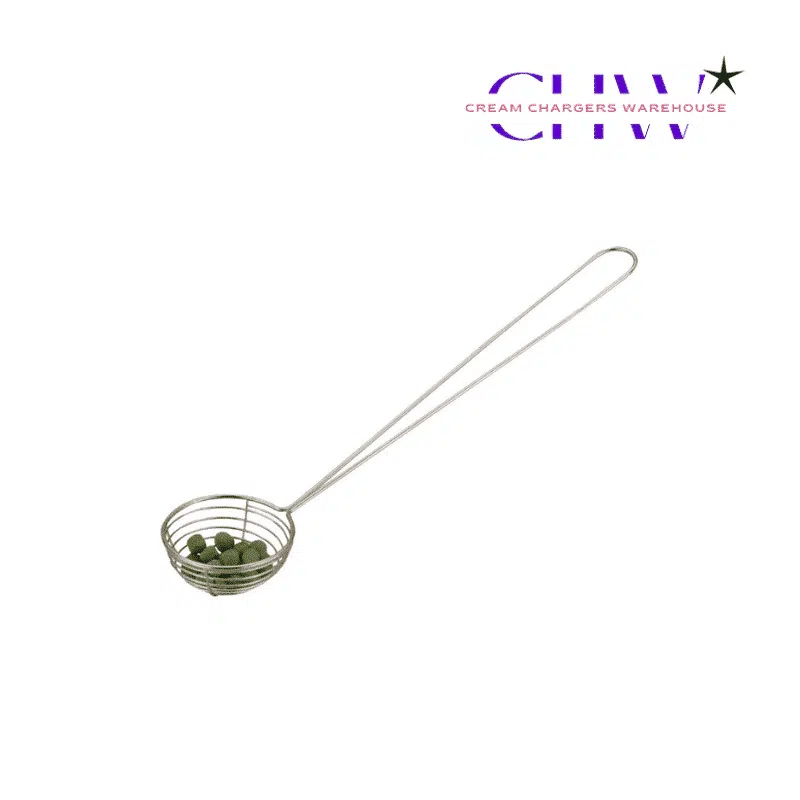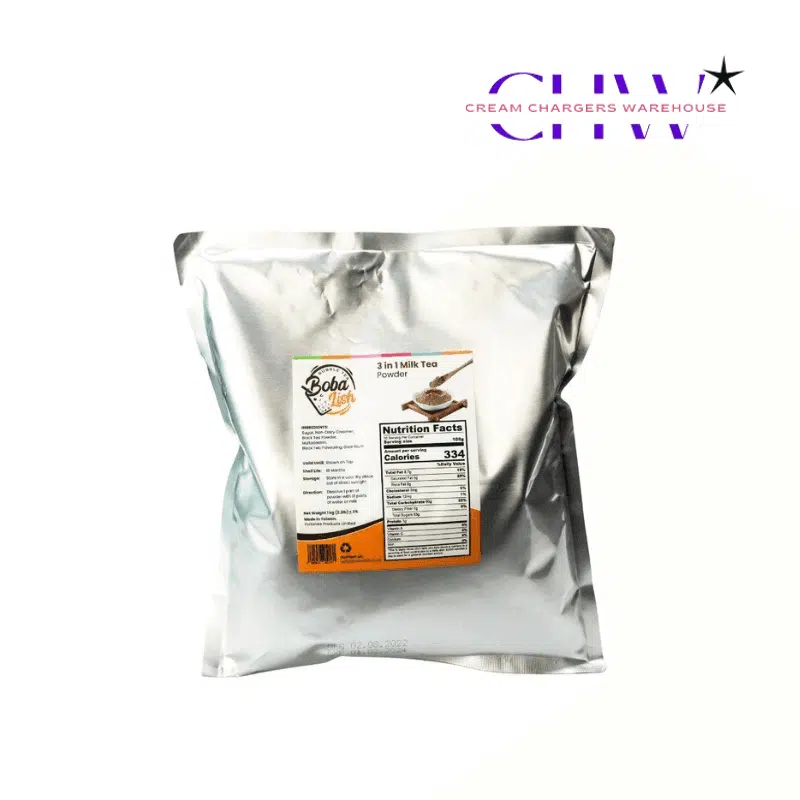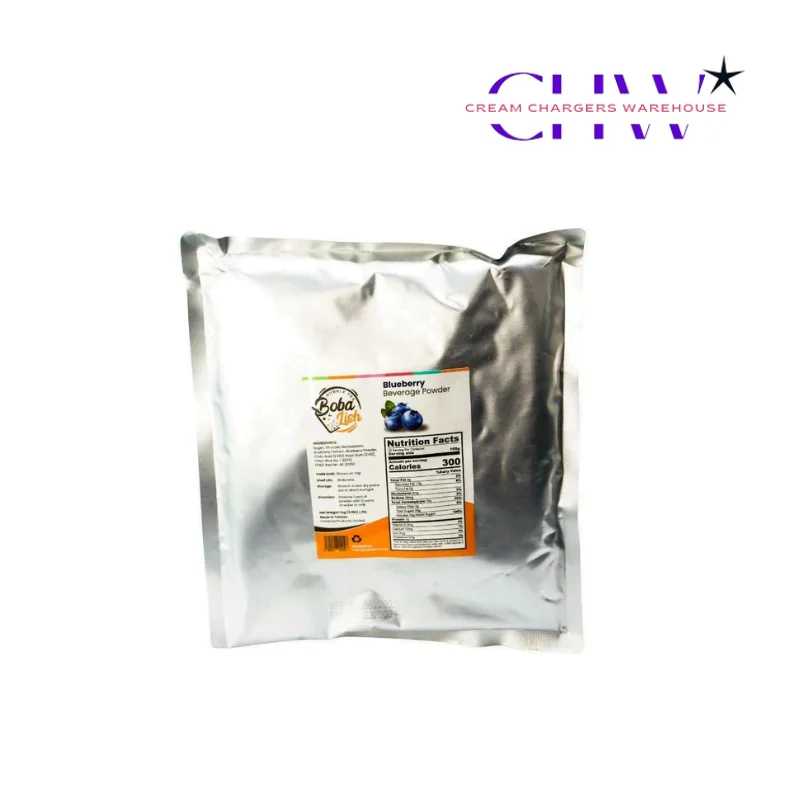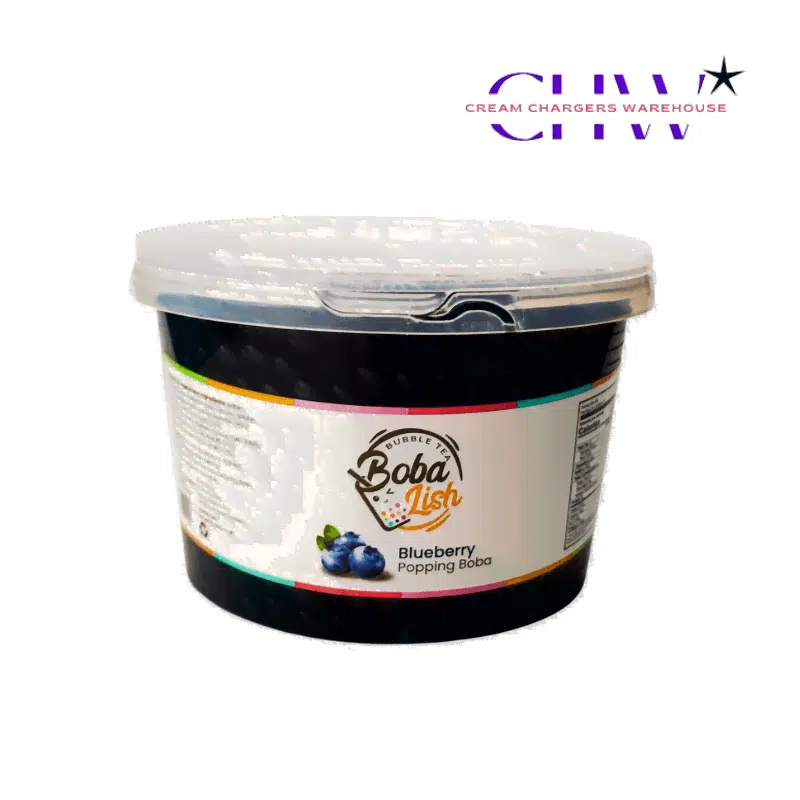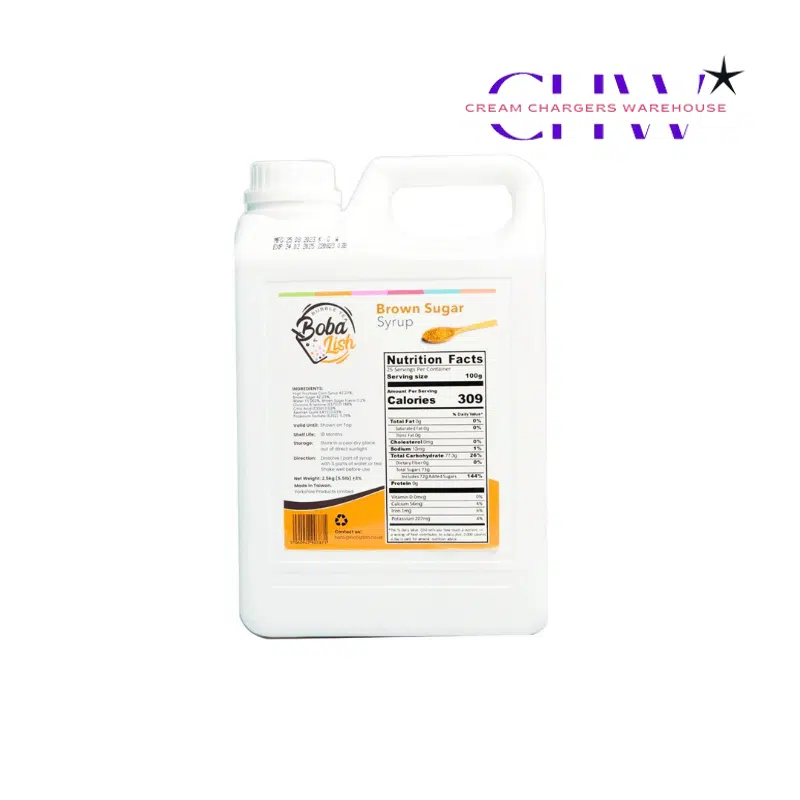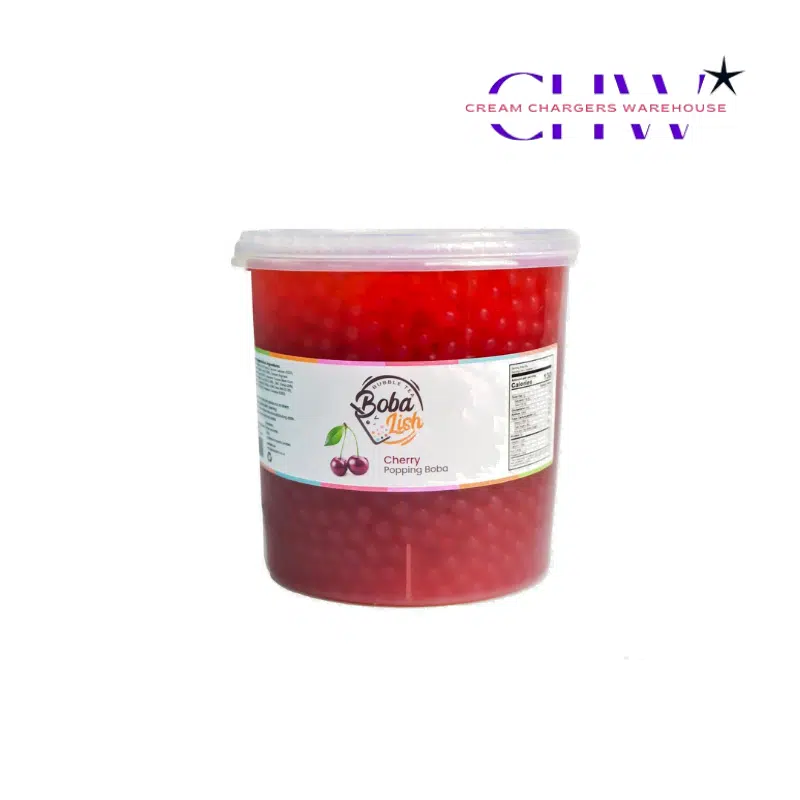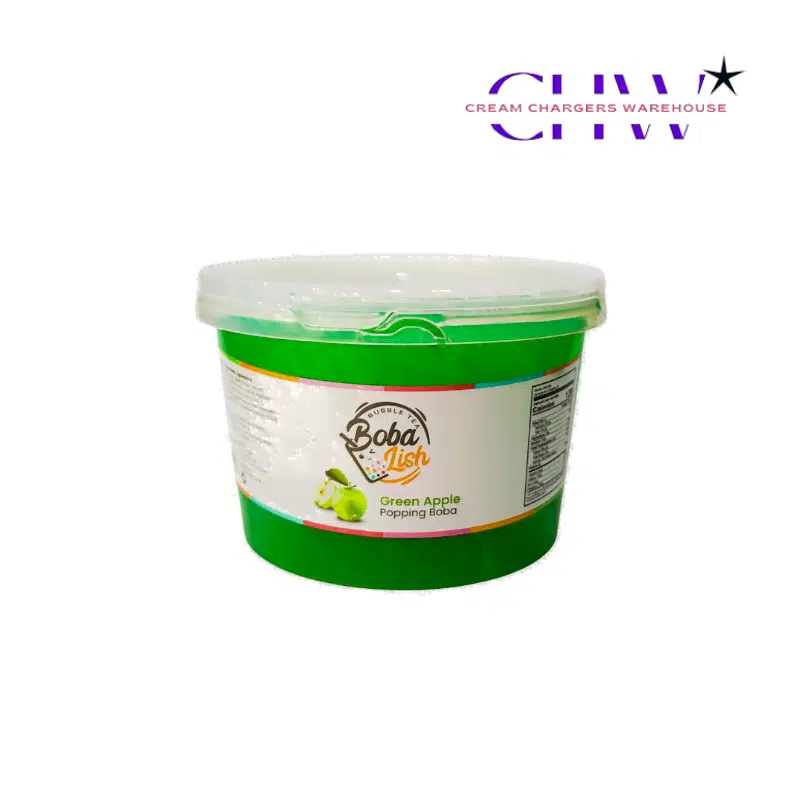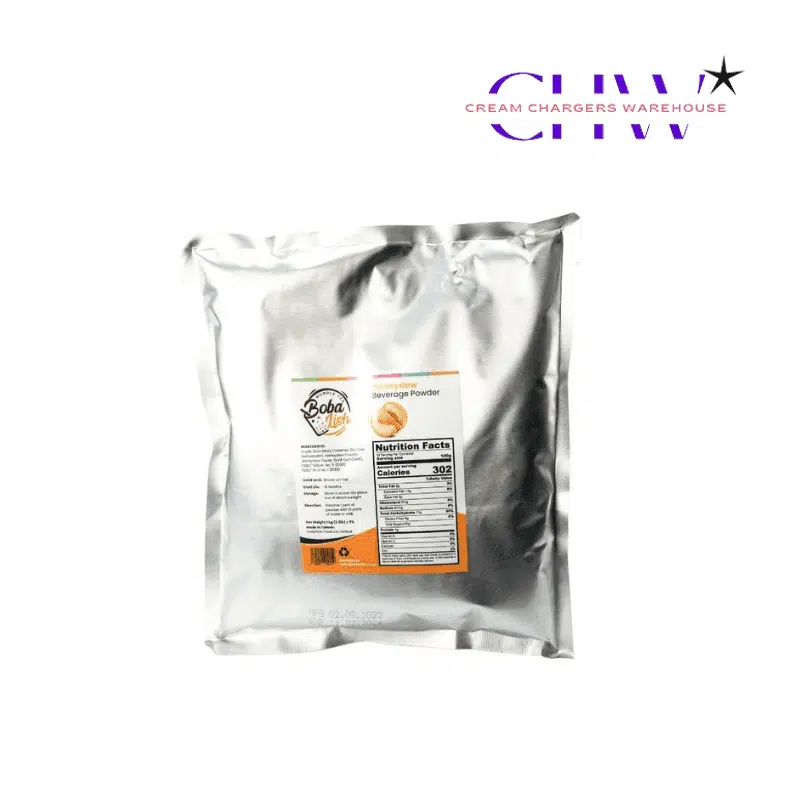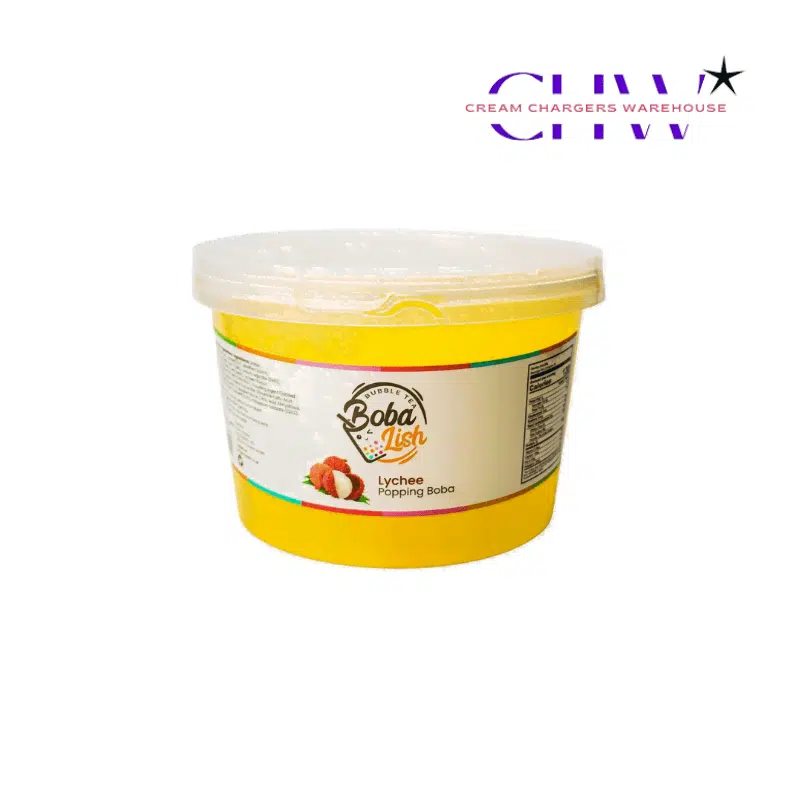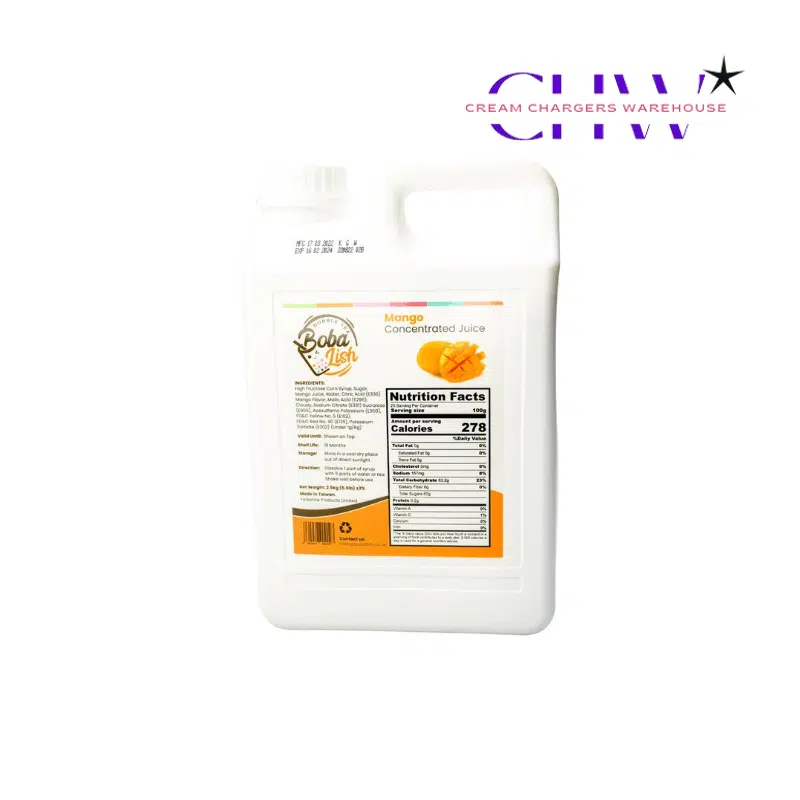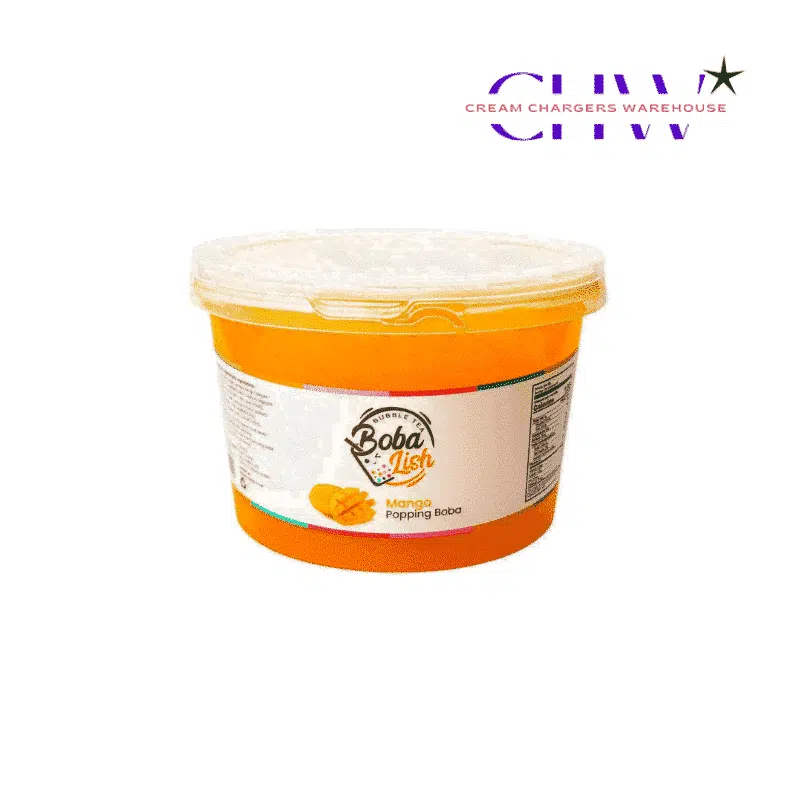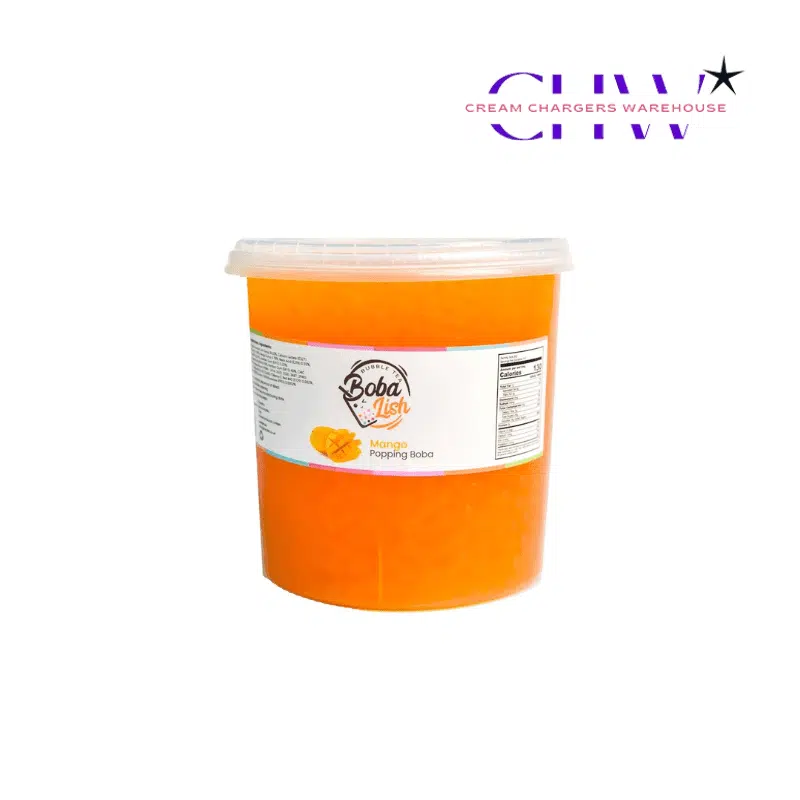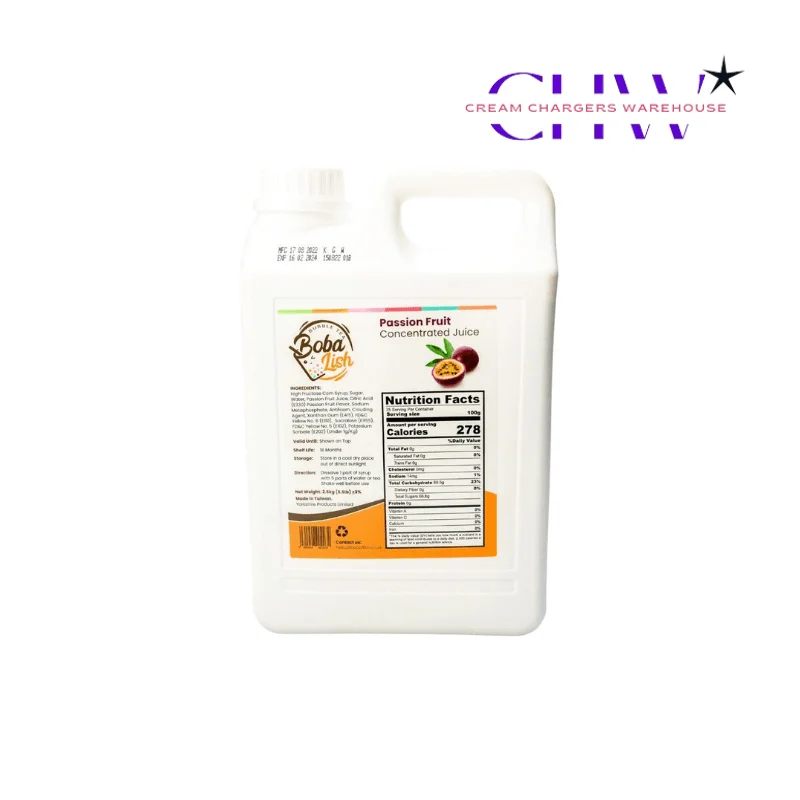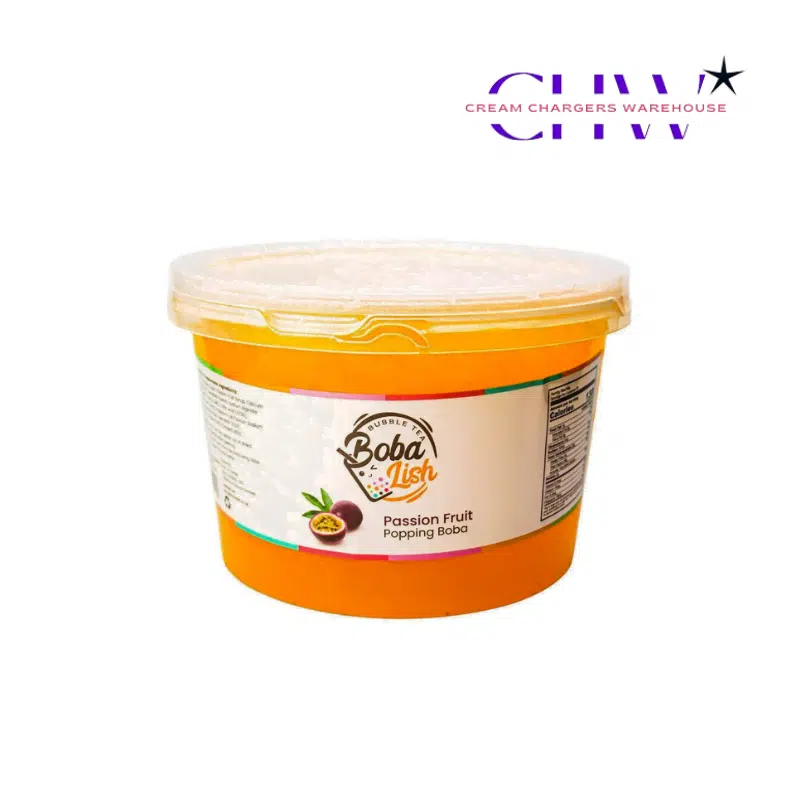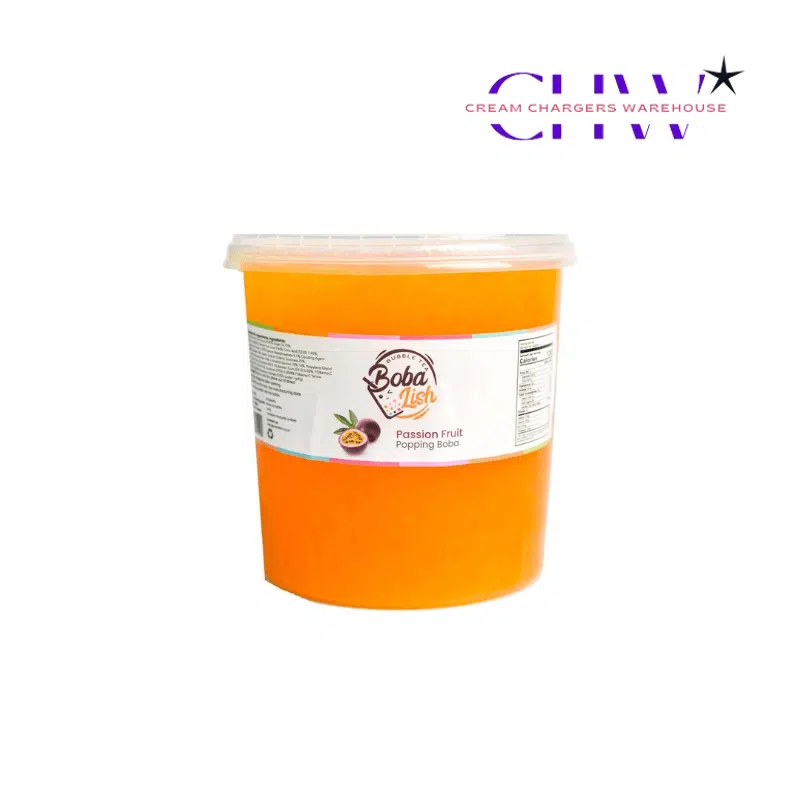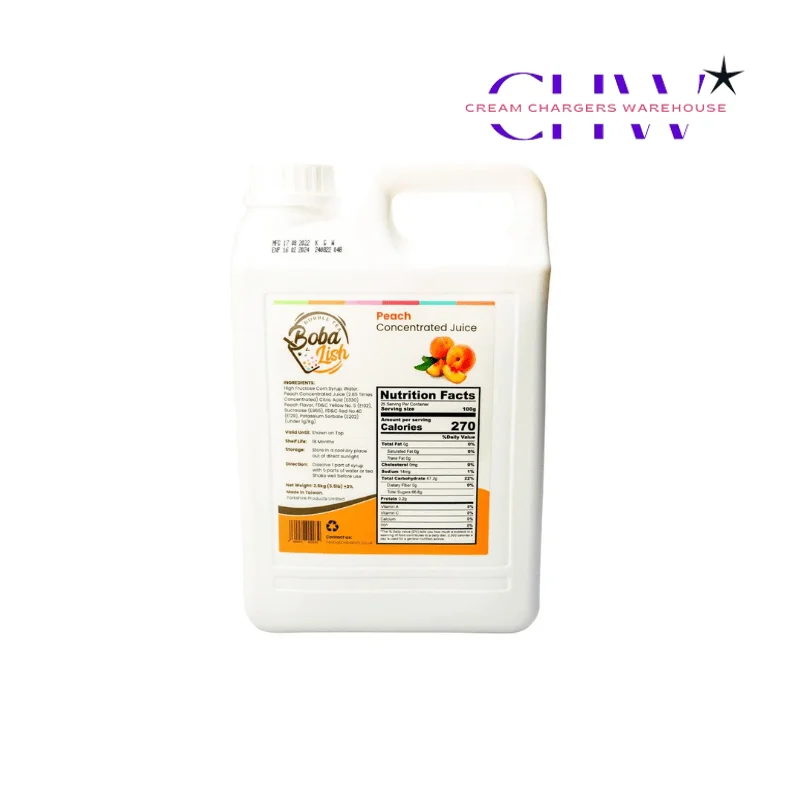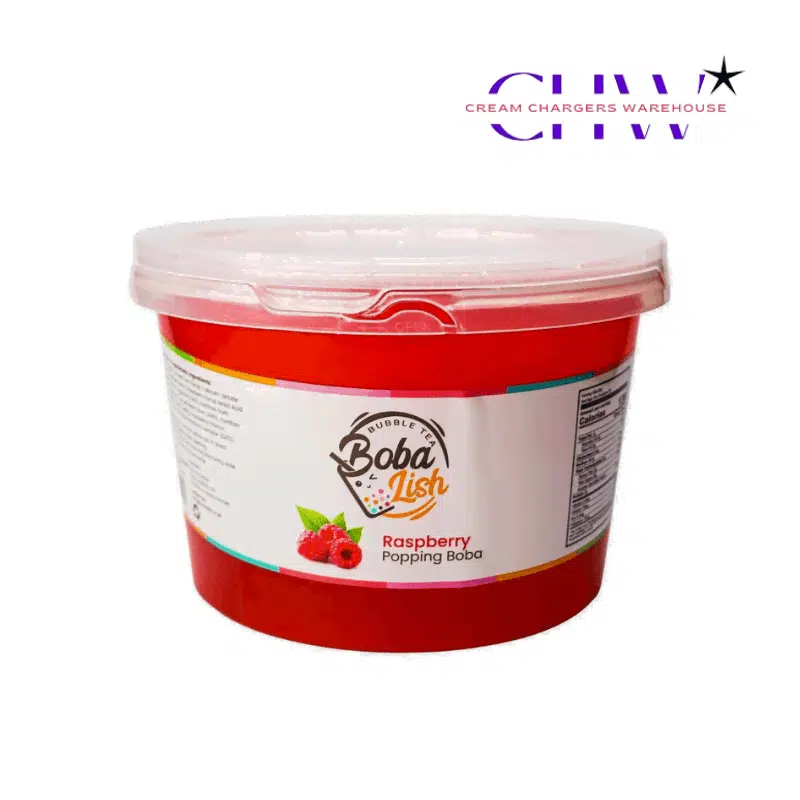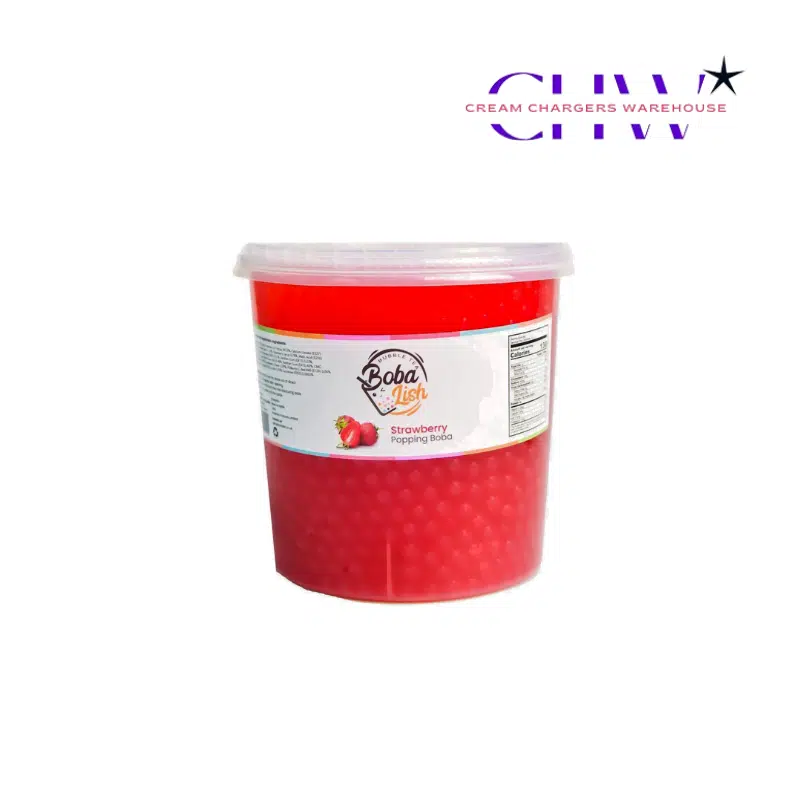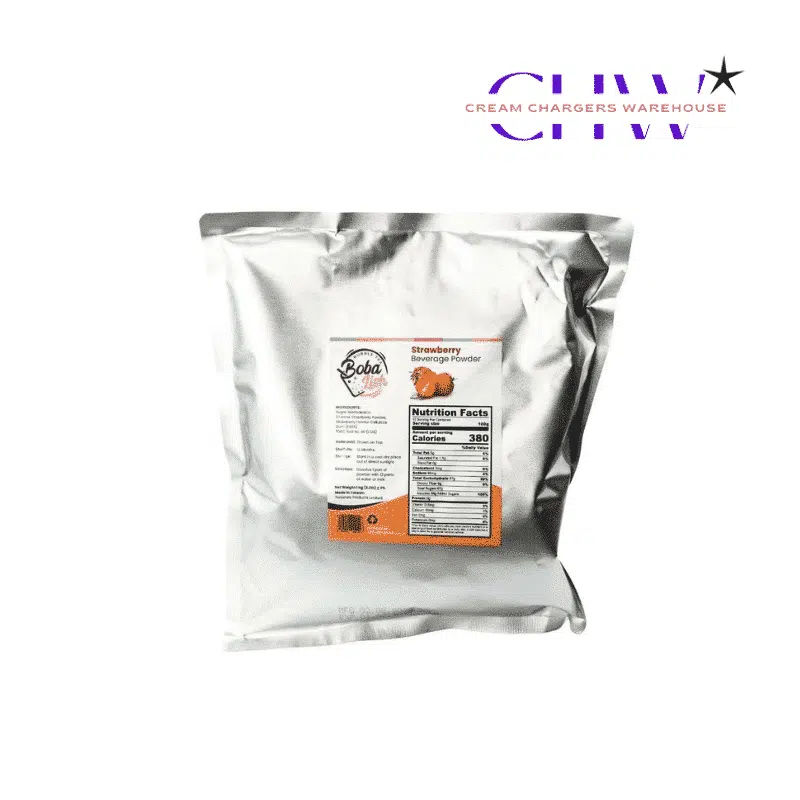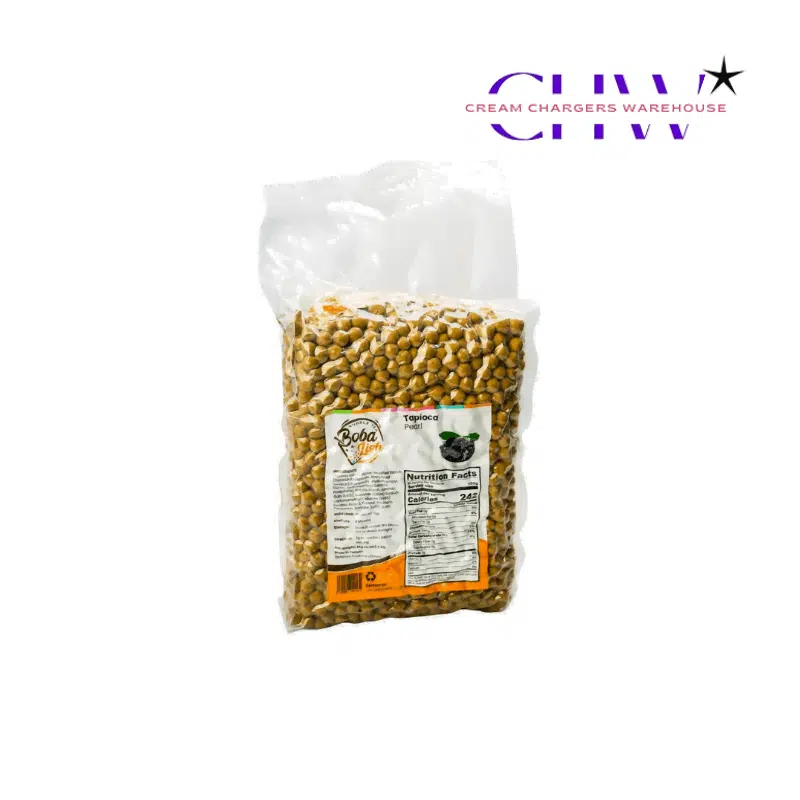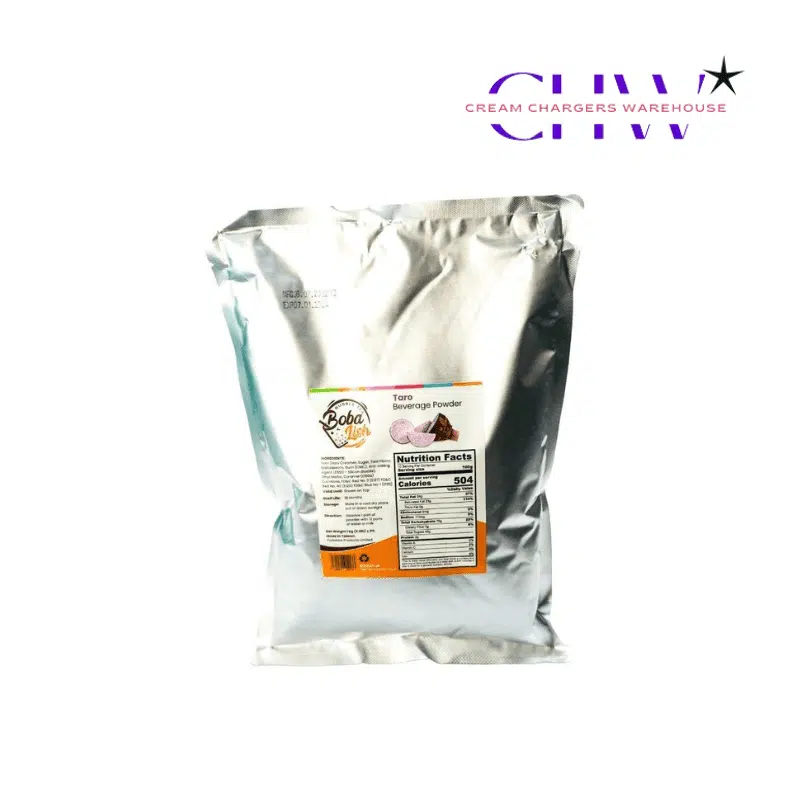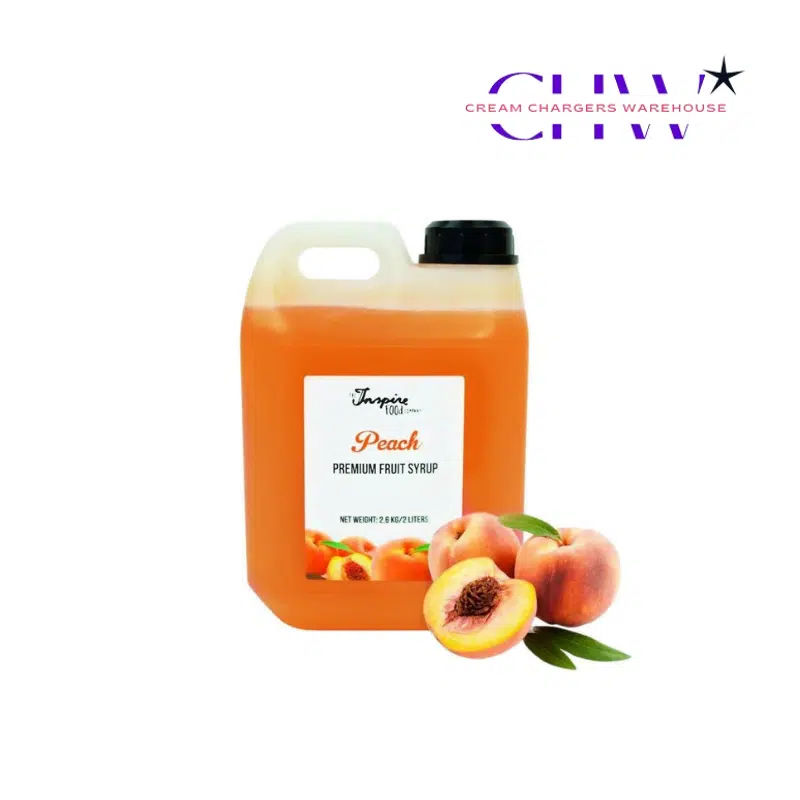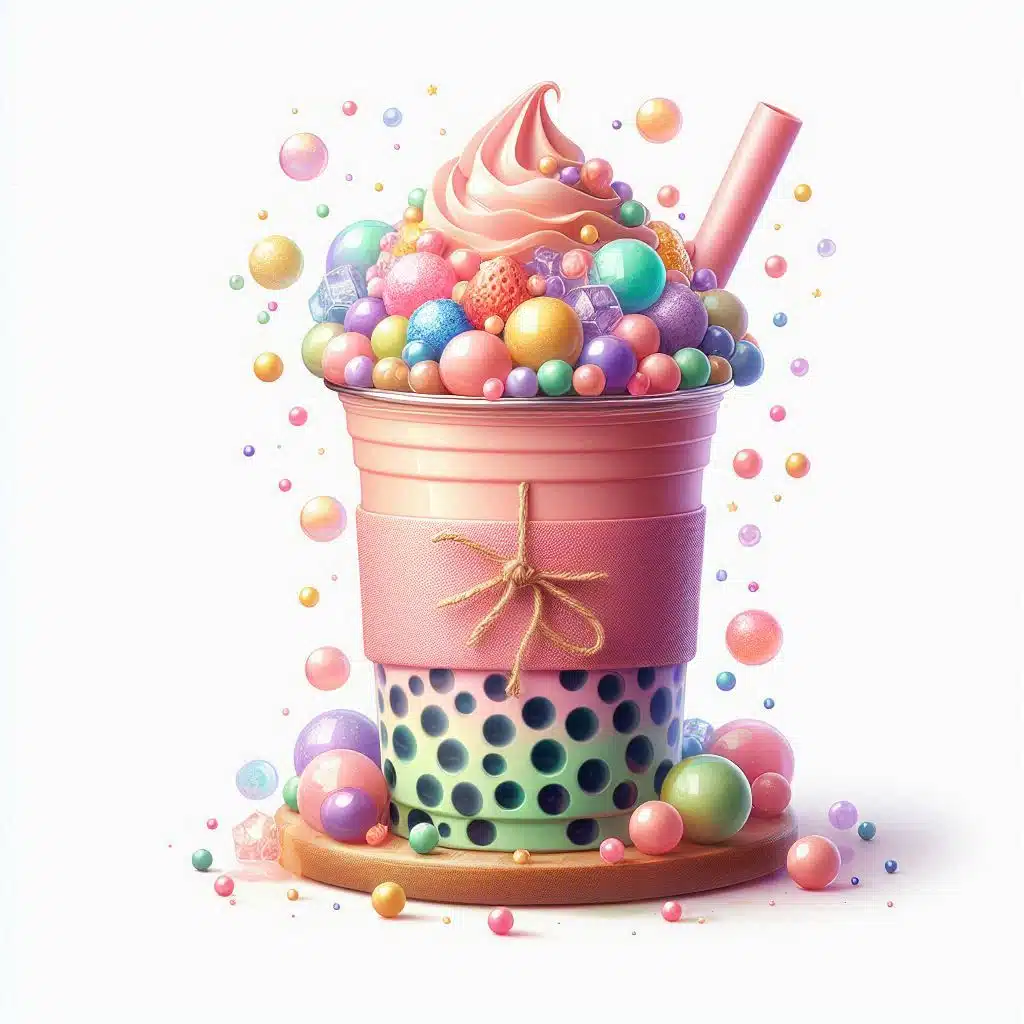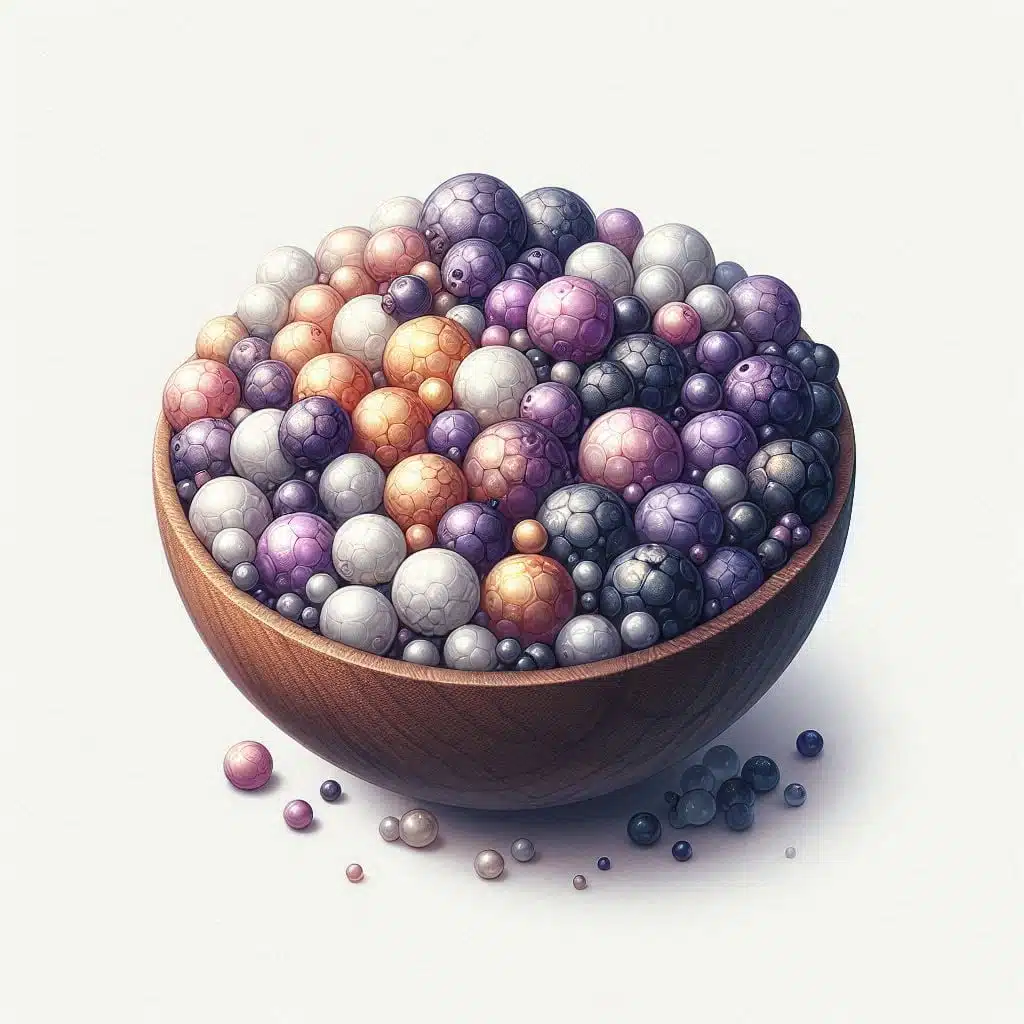Bubble Tea
Boba tea, also known as bubble tea, has been a hit since it was born in Taiwan in the 80s. This trendy drink is loved not just for its refreshing and customizable flavors but also for its texture, thanks to the chewy tapioca pearls, also known as boba. Boba tea has gone beyond its roots and is now a global phenomenon enjoyed by all ages. You can make a boba drink using boba pearls, jumbo straws and cups. These are all available online with a wide range and fast delivery for bubble tea lovers.
At its simplest, bubble tea is a tea drink that combines traditional tea flavors with modern ingredients. The basic parts of bubble tea are tea base (black, green, oolong tea), milk or non-dairy creamer, sweetener and of course, the boba. But the variations are endless, fruit flavors, smoothies, slushies and other creative concoctions are getting more and more popular.
Knowing what goes into bubble tea and its components is important to appreciate this beloved drink. The term “boba” often refers to the chewy tapioca pearls but can also refer to the entire drink. These pearls are made from tapioca starch from the cassava root and are cooked until chewy. Soaked in a sugary syrup, they add texture and a hint of sweetness to the drink.
Despite its popularity, questions about the health of bubble tea have arisen. Is bubble tea good for you? What nutritional benefits do the boba pearls have? How do the ingredients in bubble tea affect overall health? These are important questions for anyone who drinks boba regularly.
And the terminology for bubble tea is confusing. What’s the difference between bubble tea and boba? Are they interchangeable or are they different variations of the drink? And the market has different types of boba, traditional tapioca pearls and the new popping boba which has different texture and composition.
To answer these questions, we need to get into the details of boba tea’s components, from the boba to the popping boba and understand their origins, nutritional value and health effects. By looking into the differences between these and their impact to the drink’s overall health profile, we can get a clearer picture of what makes bubble tea a treat and a health topic.
What is Bubble Tea Made Of?
Bubble tea in its most traditional form is made of several key ingredients that combine to make its flavor and texture. The main components are tea base, milk or non-dairy creamer, sweetener and boba. The tea base can vary greatly, black tea, green tea and bubble tea are the popular choices. These teas provide the foundation of the drink and are often chosen based on personal preference or flavor profile.
Milk or non-dairy creamers are added to give homemade bubble tea its creamy texture. Traditional bubble tea uses whole milk but many variations now uses almond milk, soy milk, coconut milk or other non-dairy alternatives to cater to dietary restrictions and preferences. This versatility makes boba milk tea a favorite among many, adding texture and depth to the flavor.
Sweeteners are another important component of bubble tea. Traditional sweeteners like simple syrup, honey or brown sugar syrup are used. The level of sweetness cooked boba is can be adjusted to taste so you can have a less sweet or more indulgent version of the drink.
The main ingredient of bubble tea is the tapioca pearls also known as boba. These small chewy balls are made from tapioca starch from the cassava root. They are cooked in boiling water until they become chewy and then soaked in a sugary syrup to add sweetness. The tapioca pearls are what makes boba tea different from other drinks, a unique and fun texture that has won the hearts of many drinkers around the world.
Bubble milk tea with its combination of tapioca pearls and flavors is still a popular and versatile drink for many.
Is Bubble Tea Good for You?
Bubble tea is a health topic. On one hand, tea itself is good for you. Tea is rich in antioxidants that can help protect the body from free radicals. Green tea has catechins that can help with heart health and weight loss. Black tea can improve gut health and reduce the risk of chronic diseases.
But the other components of bubble tea, the boba and sweeteners, can negate these benefits. Tapioca pearls are mostly made of carbohydrates and sugars so they are high in calories but low in nutritional value. Using dark brown sugar to make the tapioca pearls makes them sweeter and gives a richer molasses flavor but it also increases the calorie and sugar content of the drink. Consuming large amounts of boba can lead to excessive calorie and sugar intake which can have negative effects on the body such as weight gain and increased risk of metabolic diseases.
Sweeteners also play a big role in the health profile of bubble tea. Many commercial boba teas have high amount of added sugars which can lead to various health problems such as obesity, type 2 diabetes and heart disease. Choosing less sugar or sugar alternatives can make boba tea a healthier option.
What is Boba?
“Boba” refers to the chewy boba pearls tapioca that is a main component of boba tea. These pearls are made from tapioca starch from the cassava root. The starch is mixed with some hot water, and sometimes brown sugar then formed into small balls and cooked until they become soft and chewy. The tapioca pearls are then soaked in a sweet syrup to add flavor. Making tapioca pearls is a process that requires the right ingredients and cooking method to achieve the right texture and flavor.
Boba adds texture to the drink making it more than just a liquid drink. The chewy nature of the pearls provides a contrast to the smoothness medium heat of the tea, a satisfying experience. The term “boba” can also refer to the entire drink but it is mainly associated with the tapioca pearls.
Can You Eat Boba Balls?
Yes you can eat boba balls. They are meant to be eaten and is part of the boba tea experience. The chewy texture of the tapioca pearls is meant to be enjoyed with the tea. But make sure to chew the boba thoroughly to avoid choking especially for young children or individuals who may have difficulty swallowing.
To fully enjoy the chewy tapioca pearls you need to use a boba straw which is designed to accommodate the large pearls and the overall drinking experience.
Is Boba in Bubble Tea Healthy?
The healthiness of black boba pearls used in bubble tea depends on several factors, the amount consumed and the overall diet of the individual. Boba pearls are high in carbohydrates and sugars, calories without nutritional value. Proper storage of dried tapioca pearls is important to maintain its quality and to cook evenly. When consumed in moderation it can be part of a balanced diet but regular consumption of large amounts can lead to weight gain and other health problems. Tapioca pearls can crack during storage and preparation but this can be managed by controlling the moisture and texture during the rolling process, they will seal up during cooking.
What is Bubble in Boba Tea?
The “bubble” in bubble tea can refer to the frothy bubbles that forms when the drink is shaken before serving or the tapioca pearls (boba) inside the tea. The frothy bubbles is created by shaking the tea with ice and other ingredients and forms a frothy, bubbly layer on top of cold water. The tapioca pearls adds texture to the drink making it a drink and a snack.
To maintain the texture and quality of uncooked tapioca pearls store them in a sealed container or bag in a cool, dry place. Dust the pearls with tapioca starch to prevent sticking and avoid refrigeration as it can ruin the texture.
What is Bubble Tea vs. Boba?
Bubble tea and boba tea are terms used interchangeably to describe the same drink. Both terms refer to a tea-based drink with chewy tapioca pearls. The term “bubble tea” emphasizes the frothy bubbles created during the shaking process and “boba tea” emphasizes the tapioca pearls. Whatever term used, they both describe the same yummy drink that is popular worldwide.
There are many types of milk tea that can be made with boba so you can customize the flavor by combining different types of tea, milk and flavored syrups.
What are Bubble Tea Balls Made Of?
Bubble tea balls or boba pearls are made from tapioca starch from cassava root. The starch is mixed with water and sometimes brown sugar then formed into small balls and cooked until it becomes chewy. Tapioca flour is important in creating a stable dough for the pearls as it becomes gelatinous when heated with liquids, water and sugar mixture that’s what gives the desired texture. The pearls are then soaked in a sweet syrup to add flavor before being added to the tea.
What are Boba Pearls Made Of?
Boba pearls are made from tapioca starch which is extracted from cassava root. The process involves mixing the starch with water and sometimes brown sugar to form a dough then rolled into small balls and cooked until it becomes soft and chewy. The cooked pearls are then soaked for few hours in a sweet syrup to add sweetness and flavor.
Is Boba Pearls Good for You?
Boba pearls or tapioca pearls is a popular addition to bubble tea, it adds a unique chewy texture that many people love. But when it comes to nutritional value boba pearls is not good for you. It’s high in carbohydrates and calories and has minimal essential nutrients. The high carbohydrate content comes from the tapioca starch used to make it. Consuming boba pearls in moderation is fine but relying on it as a source of nutrition is not recommended.
Is Popping Boba Pearls Healthy?
Popping boba unlike traditional tapioca pearls are made from a gel-like substance often from seaweed extract. These pearls encase fruit juice or flavored syrups that bursts in your mouth, a different sensory experience. Popping boba is lower in calories compared to tapioca pearls but still contains sugars and should be consumed in moderation. The fruit juice or syrups inside the popping boba can add to the sugar content of your drink which is a factor to consider for overall health.
What’s the Difference Between Boba Pearls and Tapioca Pearls?
There’s no difference between making boba pearls and tapioca pearls; the terms are used interchangeably. Both refer to the chewy balls made from tapioca starch that is a staple in bubble tea. The term “boba” is often used to refer to the whole drink while “tapioca pearls” specifically refers to the ingredient itself.
Are Tapioca Boba Pearls Healthy?
Tapioca boba pearls are not healthy. It’s high in carbohydrates and sugars which adds to its calorie content and has minimal nutritional value. While it can be part of a balanced diet when consumed in moderation, excessive consumption can lead to negative health effects such as weight gain and increased risk of metabolic diseases.
Can I Eat Tapioca Pearls?
Yes you can eat tapioca pearls. It’s safe for consumption and is a popular addition to bubble tea. But because of its high carbohydrate content it should be consumed in moderation. Overconsumption can lead to excessive calorie intake and health issues.
What’s the Flavor of Tapioca Pearls?
Plain tapioca pearls has no flavor but it’s usually soaked in a sweet syrup (often from brown sugar) to give it a sweet taste. The pearls crack itself is designed to absorb flavors so it can also be infused with various flavors during the cooking process to enhance the taste.
Can I Eat Raw Tapioca Pearls?
No you should not eat raw pearls. They are hard and indigestible in its raw form. Tapioca pearls must be boiled and soaked to achieve its chewy texture and become safe to eat. Raw and small pearls can be a choking hazard and may contain harmful substances if not properly cooked.
Can I Eat the Pearls in Boba Tea?
Yes the pearls in boba tea are meant to be eaten. They add a chewy texture to the tea making the drinking experience unique and fun. Make sure to chew the pearls well before swallowing to avoid any choking hazards.
Are Popping Boba Pearls Healthy?
Popping boba pearls are not healthy due to its high carbohydrate and sugar content. It has minimal nutritional value and should be consumed in moderation. Consuming large amount of boba pearls regularly can lead to excessive calorie intake and health risks.
What’s the Difference Between Boba and Pearl?
There’s no difference between “boba” and “pearl” in the context of boba tea. Both terms refer to the tapioca dough balls. “Boba” is a term that can also refer to the whole drink while “pearl” specifically refers to the tapioca itself.
Is Tapioca Pearls Good or Bad for Me?
Tapioca pearls are not bad in itself but it’s high in carbohydrates and sugars which can lead to weight gain and other health issues if consumed in excess. Moderation is key when you include tapioca pearls in your diet.
Should I Eat Tapioca Pearls in Boba?
Yes you should eat the tapioca pearls in boba tea. It’s part of the drink, it adds a chewy texture to the tea.
What Do Tapioca Pearls Taste Like?
Tapioca pearls itself, white sugar has no taste but is usually sweetened by soaking in sugar syrup. The result is a mildly sweet flavor with a chewy texture. The pearls absorbs the flavors of the liquid it is soaked or cooked in so it can be adapted to different tastes.
What are the Black Balls in Boba Made Of?
The black balls in boba tea are the extra tapioca starch pearls. It gets its dark color from the addition of brown sugar or caramel coloring during the cooking process. These pearls are made from tapioca starch from cassava root.
Are Tapioca Balls Good or Bad for Me?
Tapioca balls are not healthy due to its high carbohydrate and sugar content. You can enjoy it in moderation but consuming large amount regularly can lead to excessive calorie intake and health risks.
What Does Tapioca Taste Like?
Tapioca has no taste on its own but absorbs the flavor of the liquid or syrup it is cooked or soaked in, usually resulting to a mildly sweet taste. It has a chewy and gelatinous texture which is a characteristic of tapioca pearls.
Can I Eat Tapioca Balls Raw?
No, you can’t eat tapioca balls raw. They must be cooked to become soft and chewy so it’s safe and enjoyable to eat. Raw tapioca pearls are hard and indigestible and can be a choking hazard.
What’s the Difference Between Boba and Tapioca Balls?
There’s no difference between boba and tapioca balls; they are the same and refers to the chewy balls made from tapioca starch. The terms are used interchangeably in the context of bubble tea.
Are Boba Pearls the Same as Tapioca?
Yes, boba pearls are the same as tapioca pearls. They are both made from tapioca starch and are used interchangeably in the context of boba tea.
Is Boba Tea Tapioca Pearls?
Boba tea has tapioca pearls as one of its main ingredients along white sugar syrup with tea, milk and sweetener. The tapioca pearls is the defining feature of the drink, it’s the texture.
Is Eating Tapioca Pearls Good for Me?
Eating tapioca pearls in moderation is not bad but not nutritious. It’s high in carbohydrates and sugars and has no nutritional value. So it’s best to enjoy it as an occasional treat rather than a part of your daily diet.
What are Tapioca Pearls Made Of?
Tapioca pearls are made from tapioca starch from cassava root. The starch is mixed with water and sometimes brown sugar then formed into small balls and cooked until it becomes soft and chewy.
Can I Just Swallow Tapioca Pearls?
Don’t swallow tapioca pearls whole as it’s chewy and can be a choking hazard. Chew it thoroughly before swallowing to ensure it’s safe to eat.
What is Popping Boba Made Of?
Popping boba is made of a gel-like substance often from seaweed extract that coats fruit juice or flavored syrups. The outer layer bursts when bitten and releases the liquid inside.
What’s the Difference Between Boba and Popping Boba?
The main difference is in texture and composition. Traditional boba (tapioca pearls) is chewy while popping boba has a gel-like outer layer that bursts to release a flavored liquid. Popping boba is often used in fruit-based teas and desserts.
Are Popping Bobas Healthy?
Popping boba is lower in calories than traditional boba but still has sugars and should be consumed in moderation. The fruit juices or syrups inside the popping boba can add to the sugar content of your drink.
Is Popping Boba Safe for Kids?
Popping boba is safe for kids but as with all foods that can be a choking hazard, supervision is recommended for young children. The bursting texture of popping boba is fun for kids but make sure they chew thoroughly.
What are the Popping Bubbles in Bubble Tea Made Of?
The popping bubbles in bubble tea are made of a gel-like substance, often from seaweed extract or sugar mixture that coats fruit juice or flavored syrups. The outer layer bursts when bitten and releases the liquid inside.
What’s the Difference Between Popping Bubbles and Boba?
Popping bubbles has a gel-like outer layer that bursts to release a flavored liquid while traditional boba are chewy tapioca pearls made from tapioca starch. The texture and experience of these two is different, for different tastes.
Which Bubble Tea Pops?
Bubble tea with popping boba has the popping bubbles. These are more fun and flavorful than the traditional chewy boba. Popping bubbles can be found in various fruit teas and other bubble tea flavors.
What Drinks are Good with Popping Boba?
Popping boba goes well with many drinks like fruit teas, smoothies, slushies and even some cocktails. The fruity flavors of popping boba complements these drinks well and adds an extra burst of flavor and texture.

Free Shipping
On all orders over £99

Exceptional service

Money Back Guarantee

Customer support
Relative Guide
- September 11, 2024
Bubble tea, also known as boba tea, pearl milk tea, or tapioca bubble tea, has become a worldwide
- September 11, 2024
Boba milk tea has taken over the world, with its popularity soaring as a refreshing summer treat. Many
- September 11, 2024
Bubble tea, a Taiwanese beverage sensation, has taken the world by storm with its unique blend of flavors,
- September 11, 2024
Bubble tea, also known as boba tea, pearl milk tea or just the boba drink, is a Taiwanese
- September 11, 2024
Bubble tea, also known as boba tea, pearl boba milk tea,, tapioca tea, or foam milk tea, is

